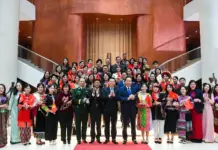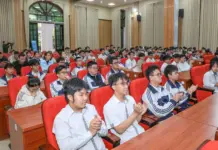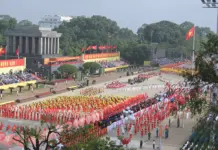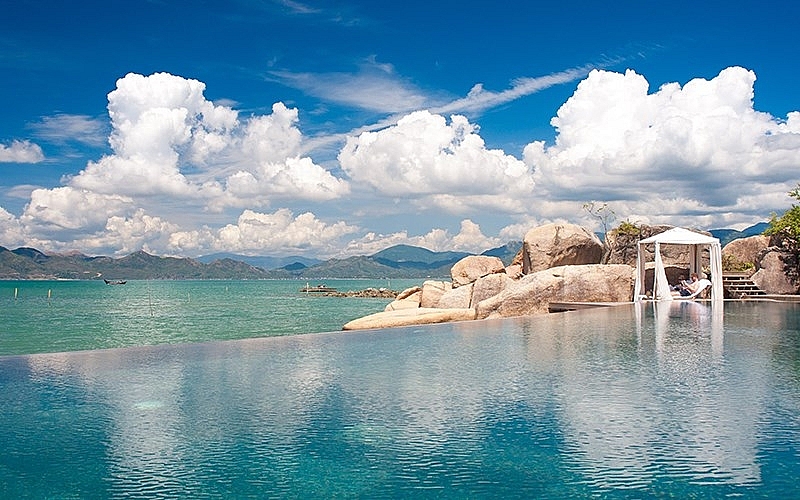 |
| Six Senses Ninh Van Bay, Nha Trang (Photo: Google |
It is undeniable that the novel coronavirus pandemic has wreaked havoc the world economy, and the tourism and travel sector is hit worst. However, since there are some countries are able to handle the pandemic so well, they are considering a feasible approach to revivify the tourism industry namely “travel corridors” which is also known as “travel bubble” or “air bridge”.
This measure means creating a traveling bridge between two destinations that are already declared as green zones which means safe from the COVID – 19 and are able to receive tourists from each other. Until now, there are bubbles that have been being mooted between Australia and New Zealand, between South Korea and 10 territories in China as well as various other countries in Europe, Penang.
Mr. Ismail also suggested that certain ASEAN countries can consider adopting this practical solution to rescue the domestic tourism sector. For instance, Malaysia could set up a travel bubble with Singapore, its nearest neighboring country. Although Singapore is still reporting new cases, all infectious cases are foreign workers whilst the rest of the nation are negative from Covid-19. Another possible travel corridor is between Vietnam and Thailand since both countries are headed towards green zone status.
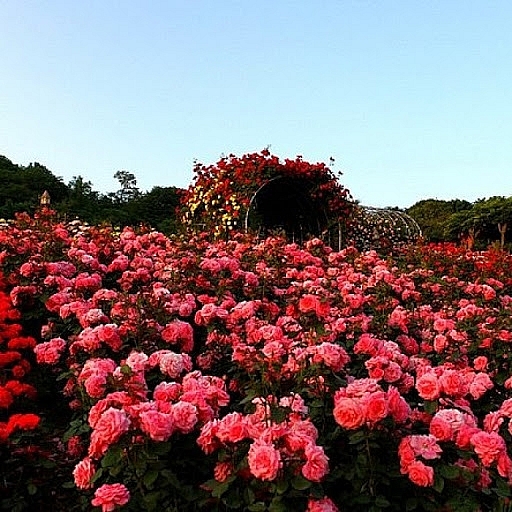 |
| Rose Valley Sapa (Photo: vnexplorer) |
Could “travel bubble” work?
With a view to ensuring the success of this concept, the trust between two countries and the cooperation of multi agencies are vital elements.
This requires the collaboration of the health ministries of both nations, the immigration, customs, airport authorities and the tourists themselves who must be honest in their health status backed by health certificates. Moreover, everybody must practice the standard operating procedures such as social distancing, hand sanitizers as well as face masks.
Furthermore, participants must also have a standard operating procedure between them involving hotels, restaurants and tourism spots as cited by Zaidi Isham Ismail.
This novel idea could open up a revive opportunity for the tourism and travel industries.

